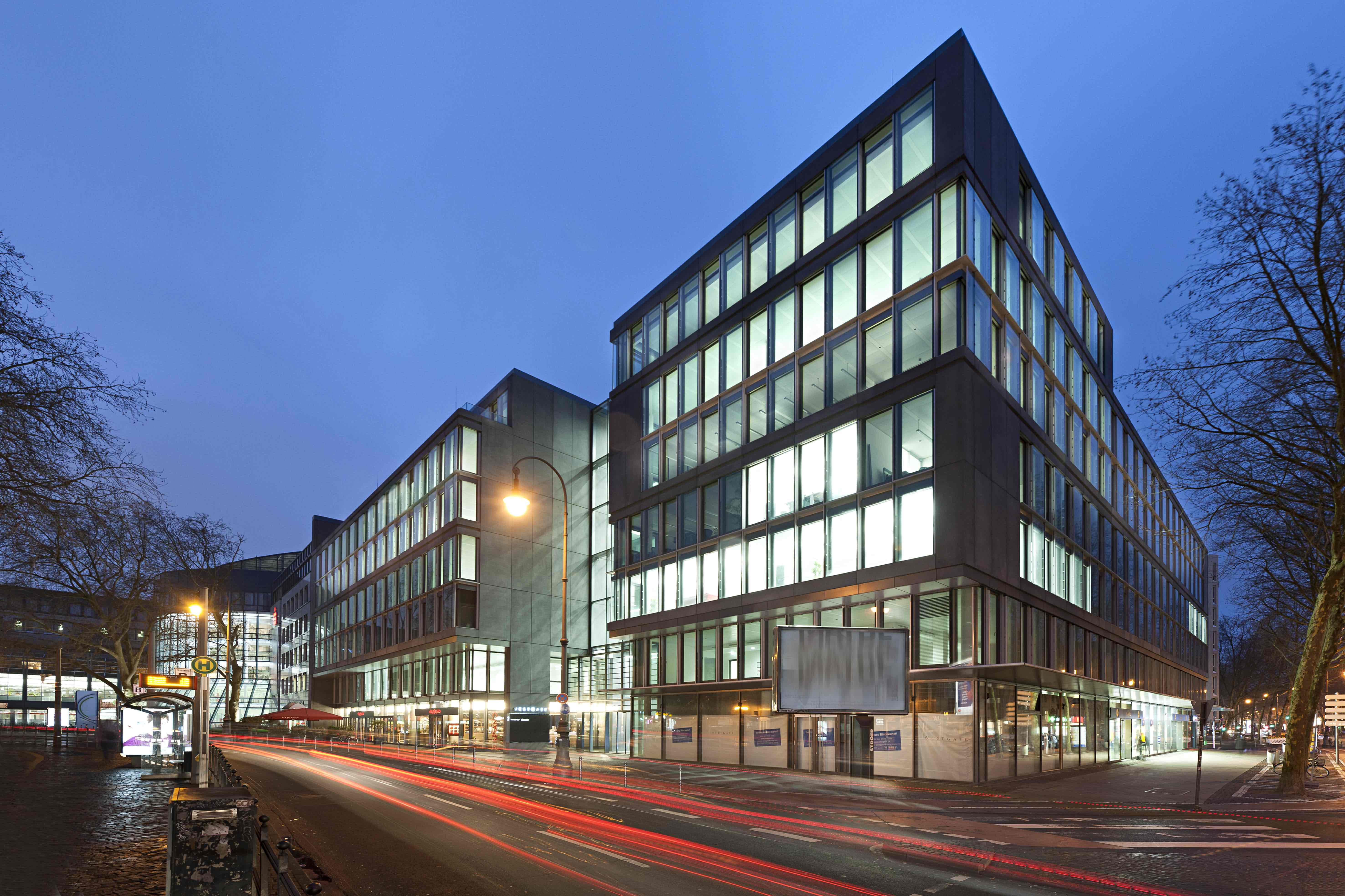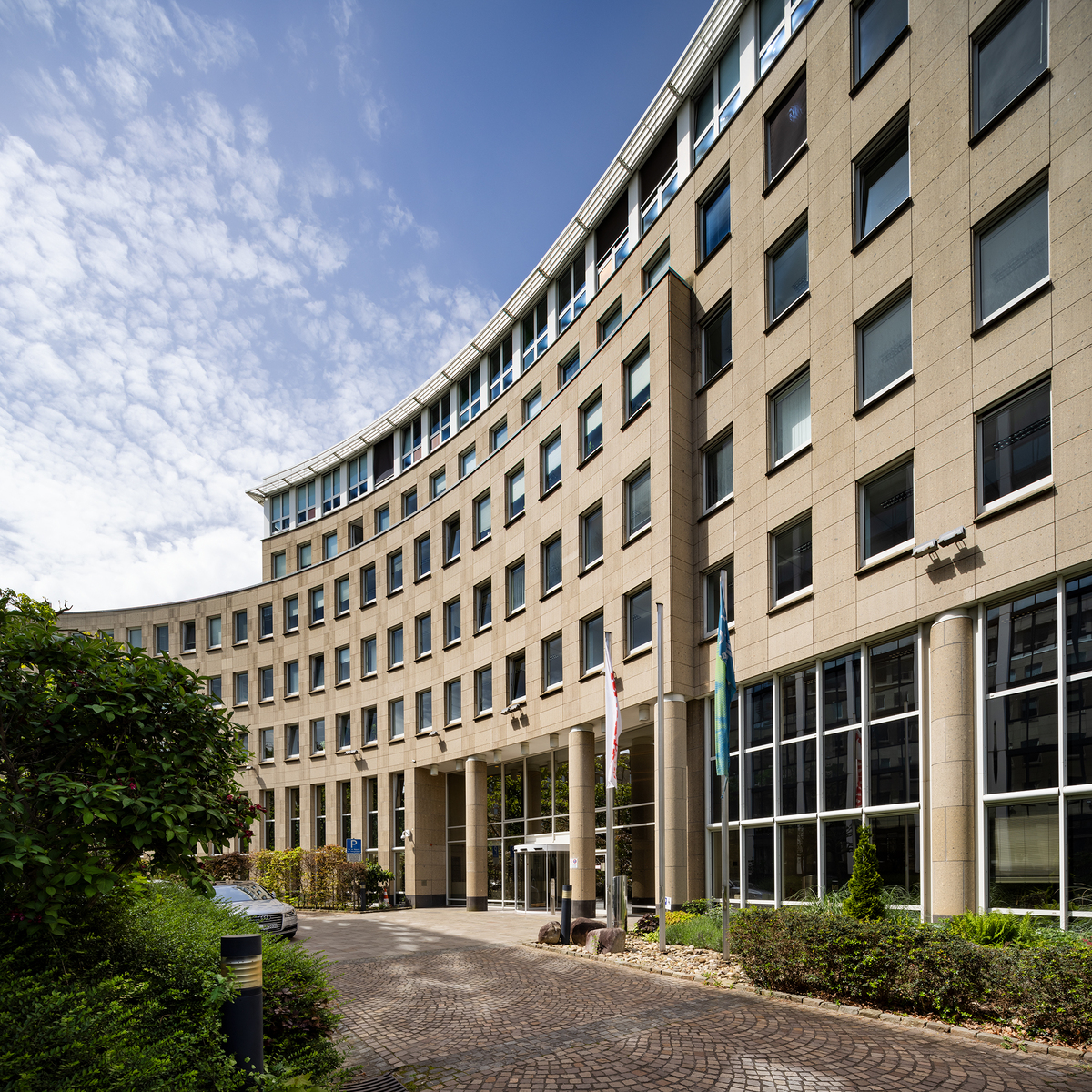
Glossary
aedifion
Peak Shaving
Peak shaving is a control measure within the context of demand side management (DSM) aimed at reducing peak loads in a building's energy consumption. The term "load" refers to the electrical power required at any given time to supply all consumers. Peak loads occur when many devices in the building simultaneously demand high power. The higher the peak load at a given time, the higher the demand charges paid to the grid operator, i.e., the costs charged by the grid operator for providing the electricity connection. By strategically controlling and temporarily shutting off non-critical loads, these peaks can be reduced. An example is the strategic pre-cooling of a commercial building before an energy-intensive event, so that the air conditioning system does not have to run at full capacity during the event.
With the help of cloud-based solutions such as aedifion.dynamics, real-time data from the building can be centrally collected and analyzed in the cloud to predict peak loads. By enabling automated and predictive control of building systems and integrating energy storage, non-critical loads can be selectively reduced or shifted. This allows for more efficient energy use and sustainably lowers the cost of energy supply.
Success Stories
Buildings Simply Made Better
Get in Touch With US!
In a one-on-one meeting, we will clarify your specific requirements and demonstrate how our AI-based cloud solutions and service packages can benefit you.








